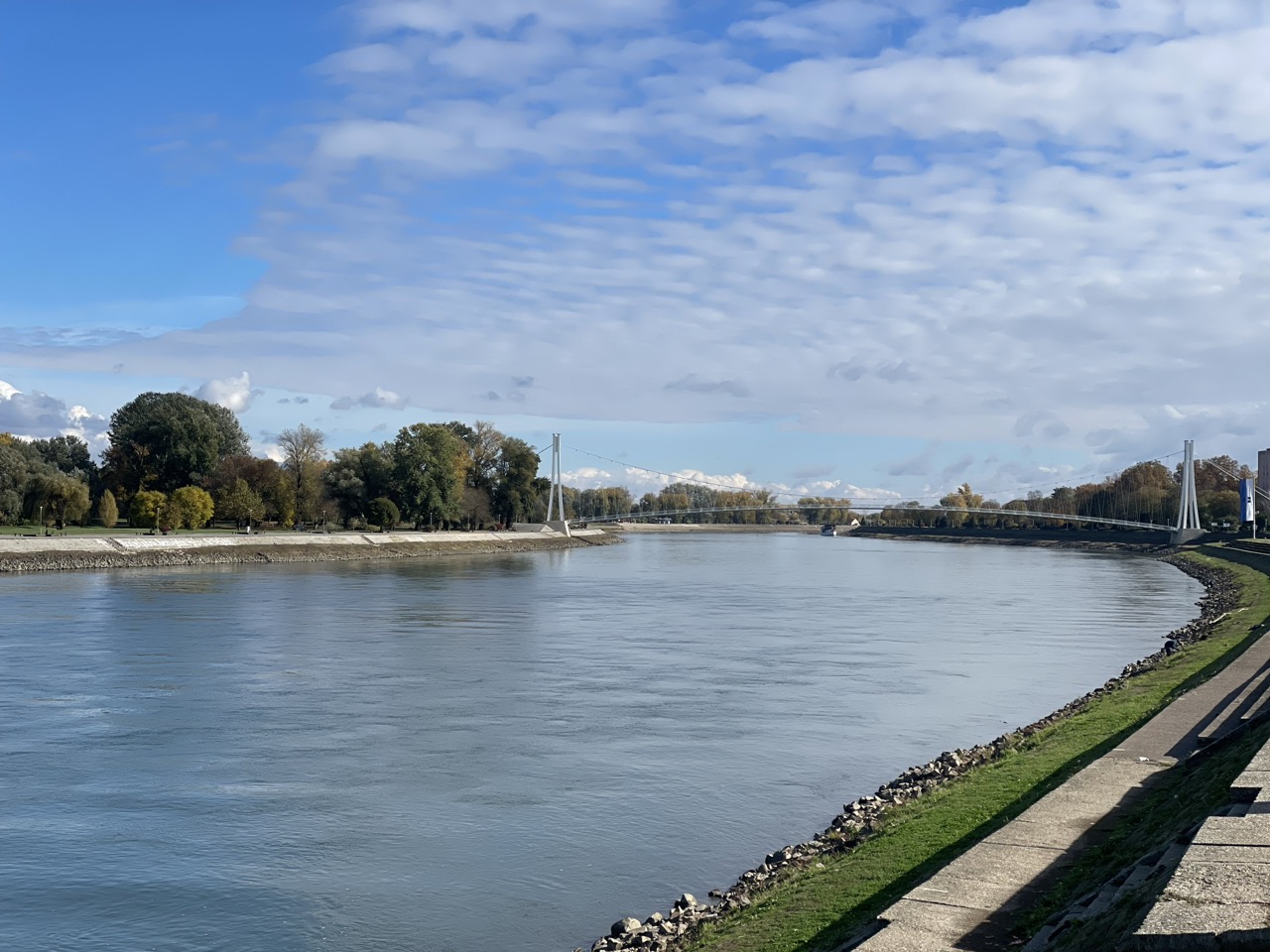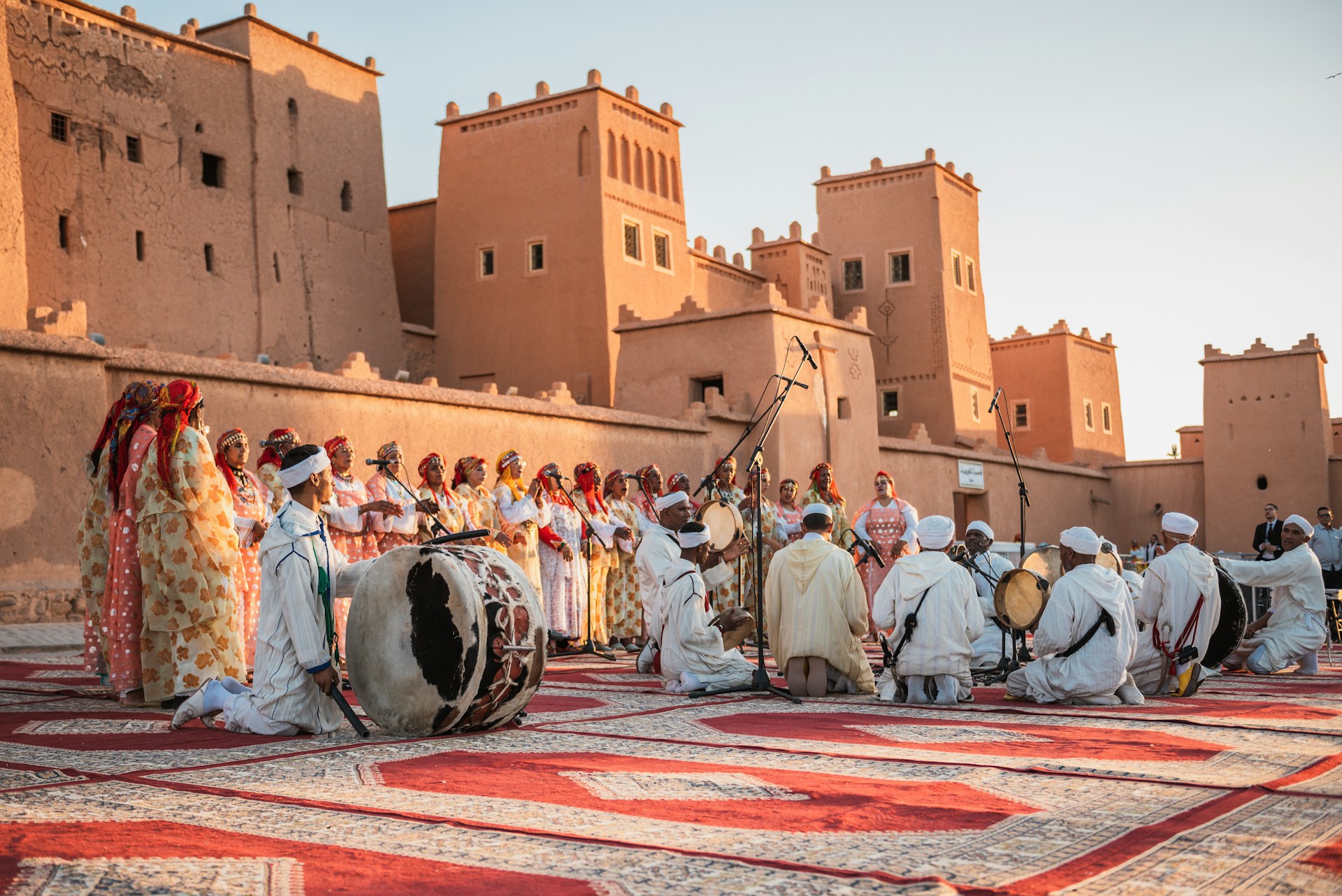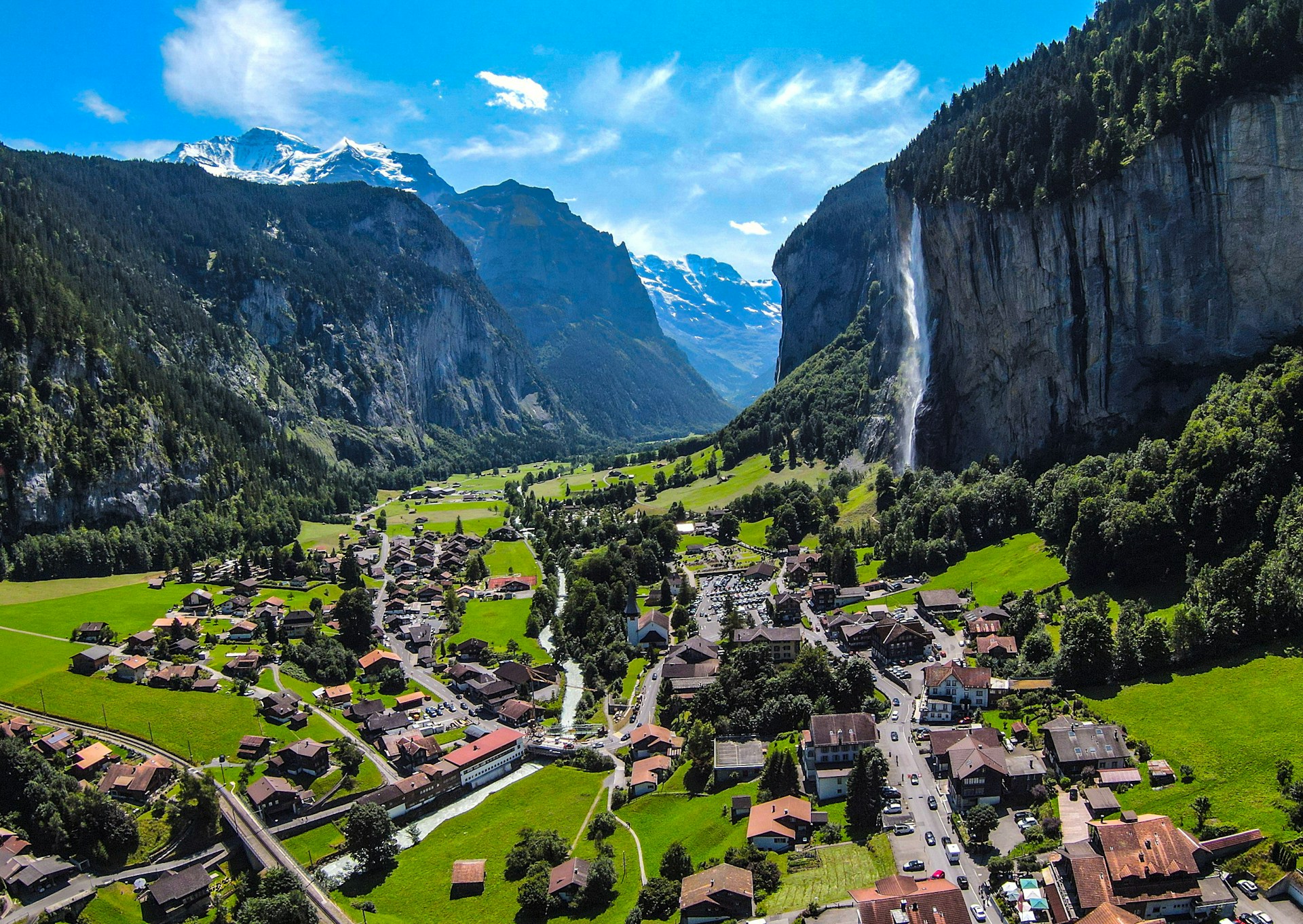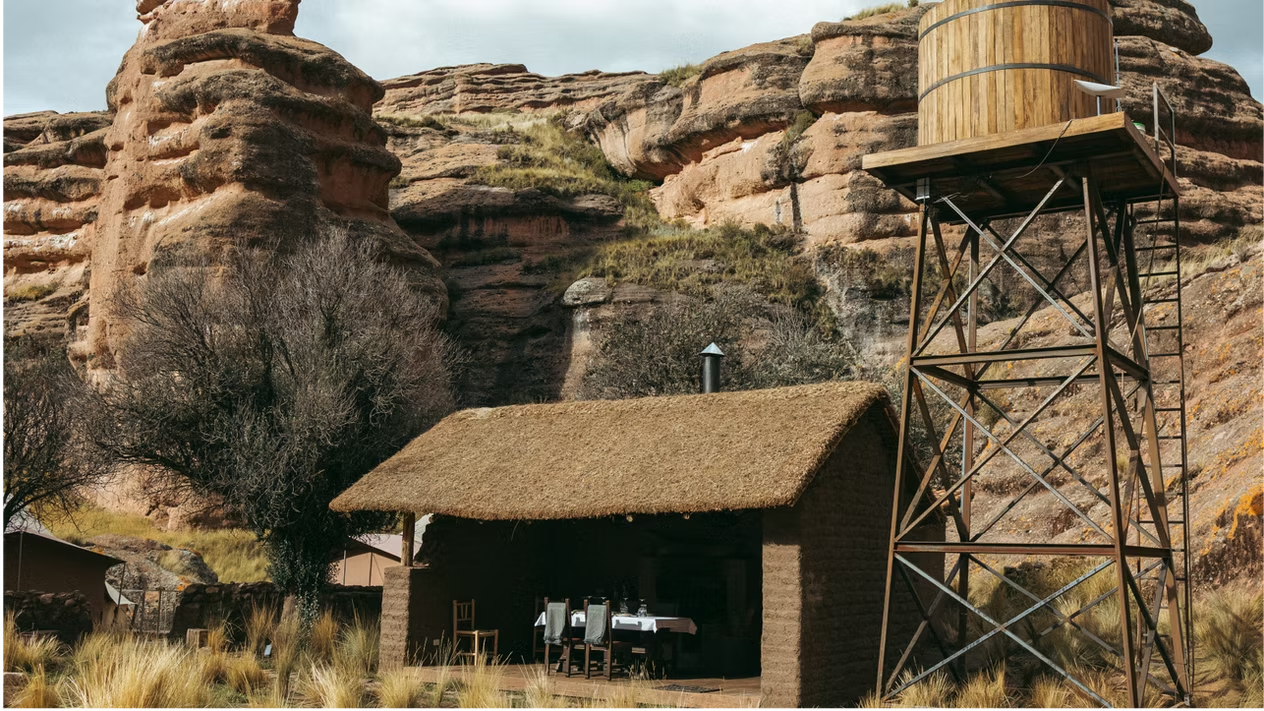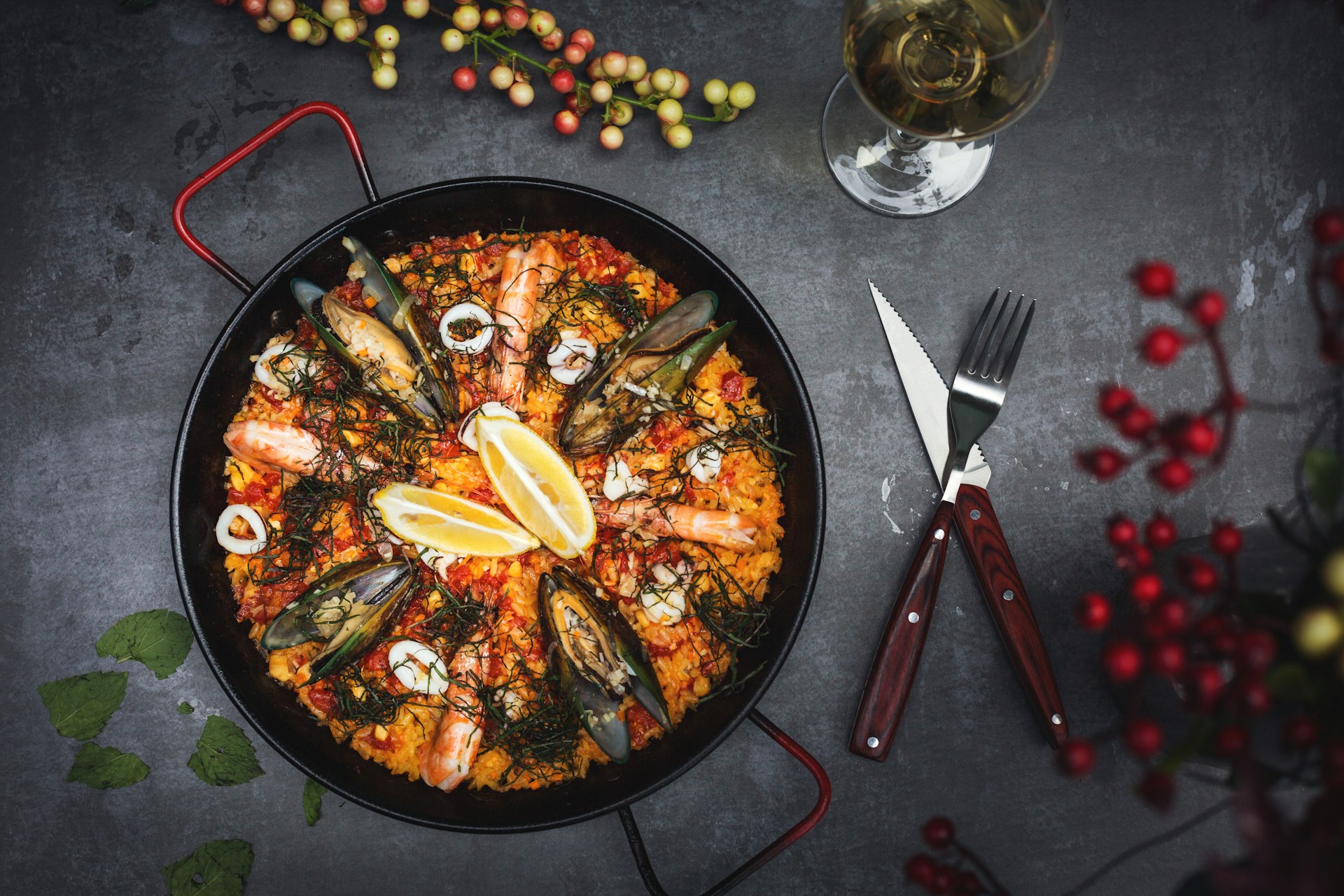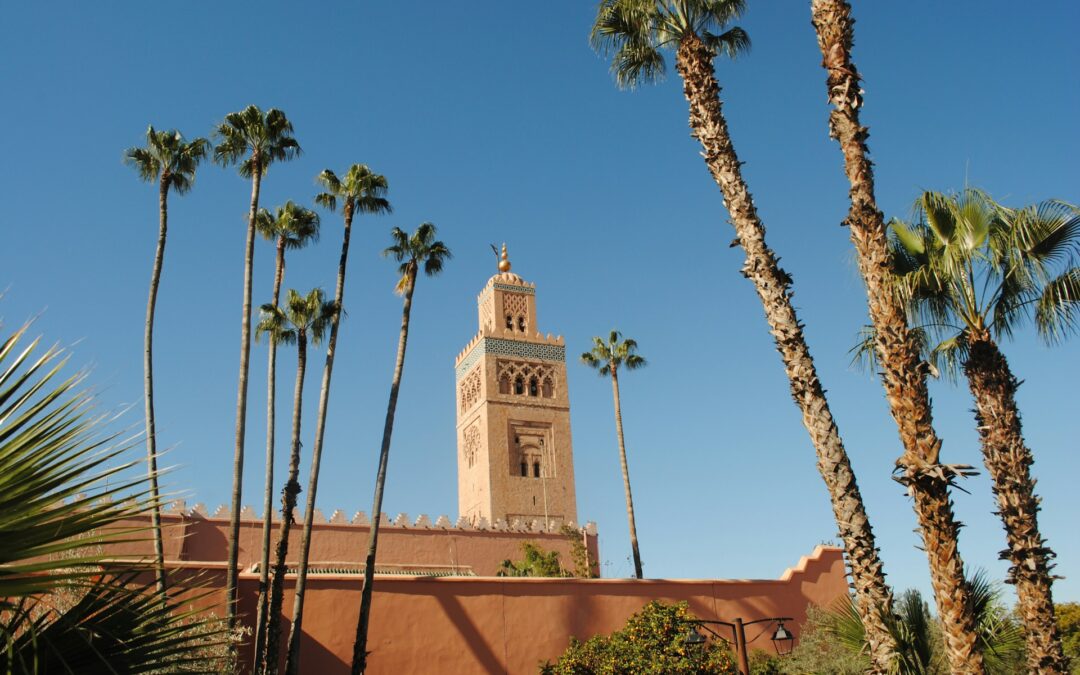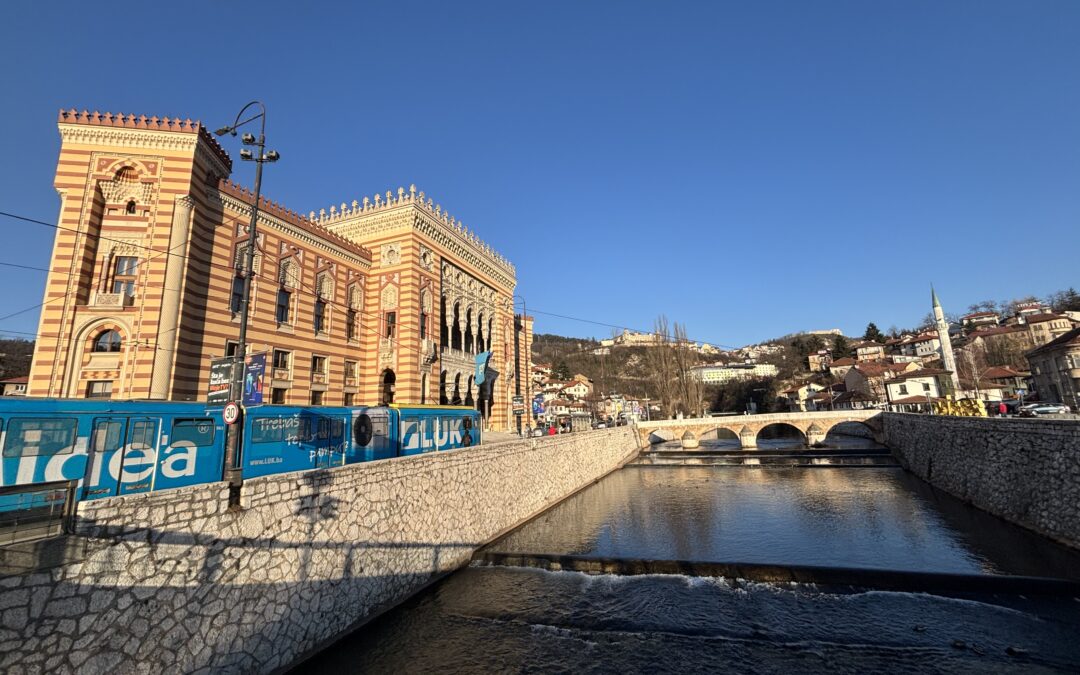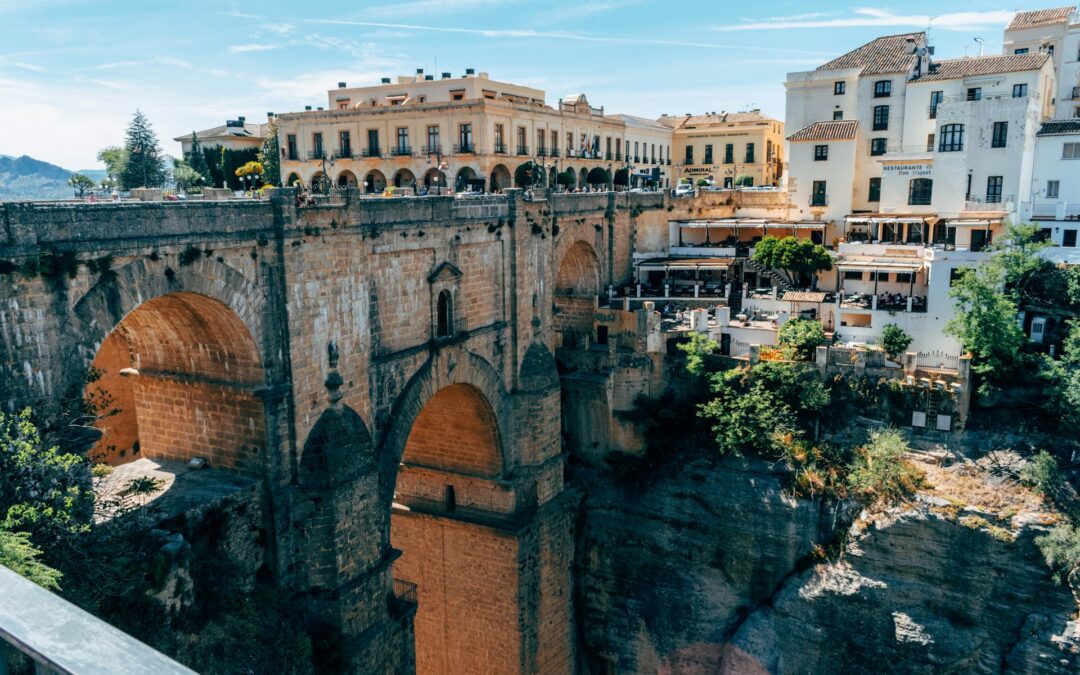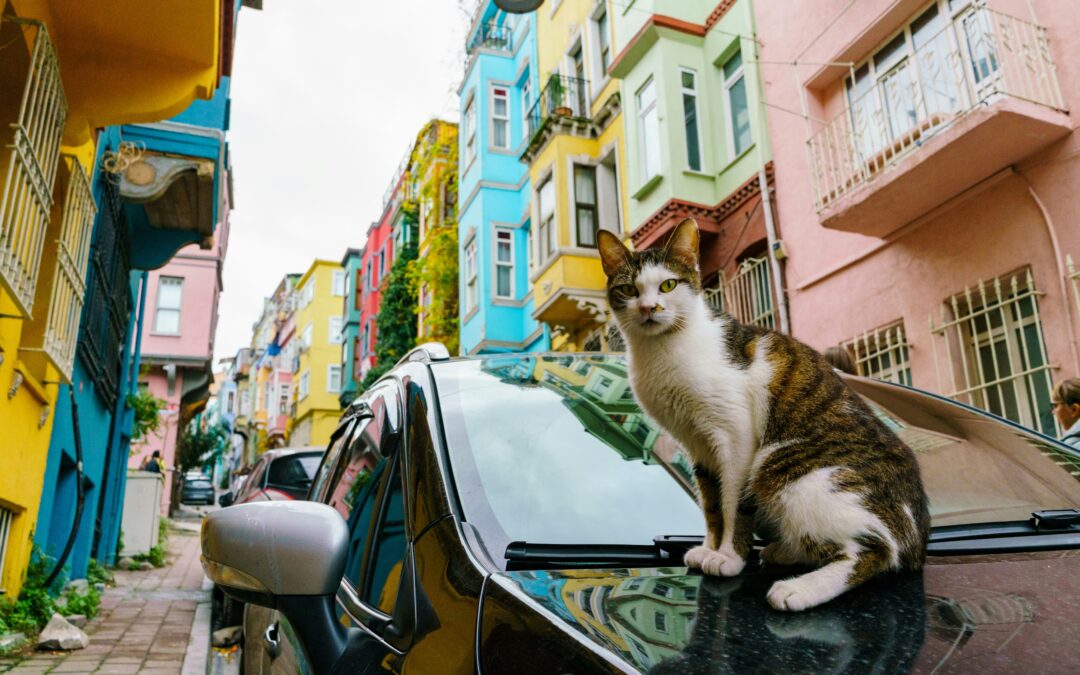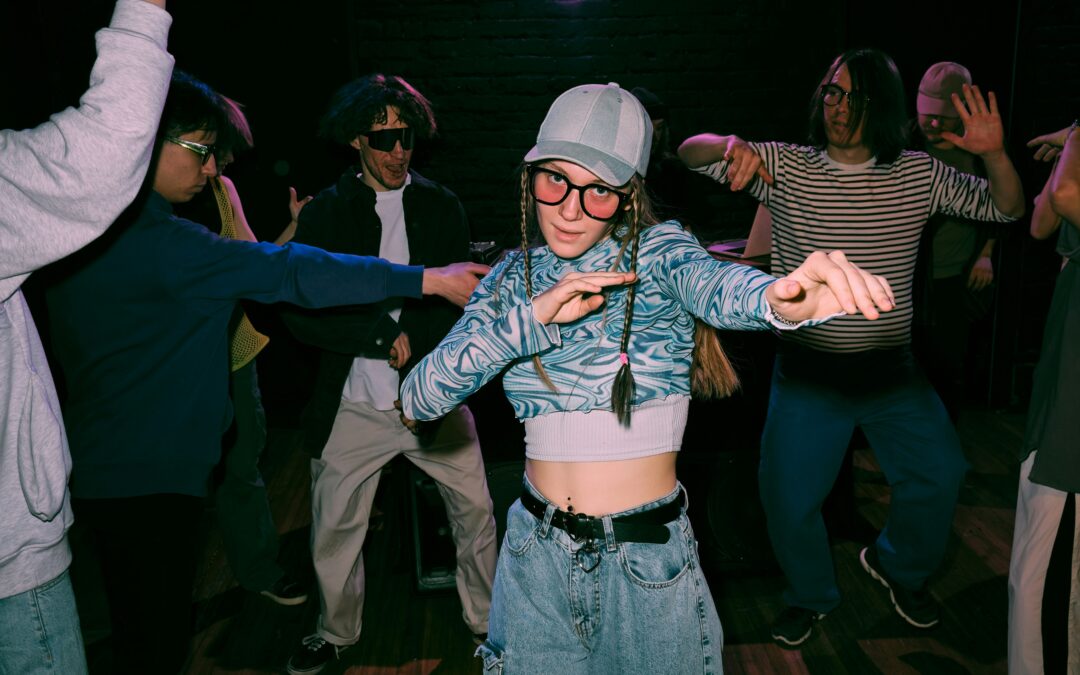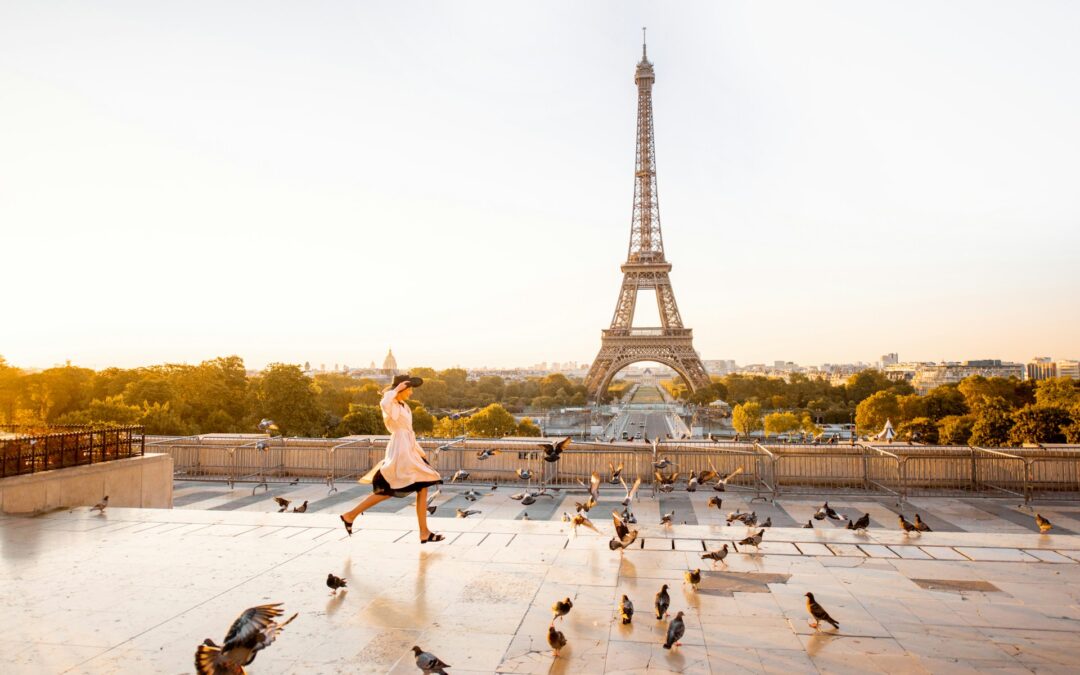When people dream of Italy in summer, they often imagine sipping espresso in bustling piazzas, enjoying long dinners on lively terraces, or exploring the narrow streets of Florence or Rome under a golden evening glow. Yet if you arrive in August, you may be surprised: the very same piazzas can feel almost deserted, shops may be shuttered, and many locals seem to have disappeared. At the same time, trains to the coast are overflowing, the beaches are packed with families and groups of friends, and fireworks light up the night sky.
This is the paradox of Italy in August, a month defined by heat, crowds of tourists, and above all, the great national holiday: Ferragosto. Understanding this unique moment in Italian culture can completely change the way you experience the country.
Italy in August: Heat, Crowds, and High Season
August is the peak of summer in Italy. Expect long, hot, and dry days, with temperatures often above 30°C (86°F), especially in Rome, Florence, and southern regions. For many travelers, this is both a blessing and a challenge: sunny weather is perfect for beaches and outdoor life, but sightseeing can feel heavy under the midday sun.
It’s also high season, which means higher prices for hotels and transport. Famous landmarks like the Colosseum, the Vatican Museums, or Venice’s St. Mark’s Basilica are busy, and booking tickets in advance is almost essential. But while tourist hotspots stay open, something curious happens behind the scenes—many Italians leave.
What is Ferragosto?
At the heart of August lies Ferragosto, celebrated on August 15. Its origins stretch back over 2,000 years to Emperor Augustus, who introduced a holiday called Feriae Augusti to mark the end of the harvest and give workers time to rest. Centuries later, the Catholic Church connected the date with the Assumption of Mary, giving it spiritual significance as well.
Today, Ferragosto is both a national holiday and a cultural symbol. It’s when Italians take a break, head to the seaside or countryside, and gather with family and friends for long meals, fireworks, and festivals. In a sense, Ferragosto is Italy’s collective deep breath in the middle of the year.
If you’d like to explore the fascinating history and traditions of Ferragosto in more detail, check out this insightful overview on Wikipedia.
Empty Cities, Full Beaches
If you’re visiting during Ferragosto, you’ll notice an unusual rhythm:
- Cities feel empty – In Rome, Milan, and Florence, streets that are normally buzzing may be quiet, with shutters down on family-run cafés, bakeries, and boutiques. It can feel like you have parts of the city to yourself.
- Beaches are alive – From the Amalfi Coast to Rimini, from Sardinia to Sicily, beaches are full of umbrellas, laughter, and energy. Italians travel en masse to the coast, making seaside towns the opposite of quiet.
- Mountains & countryside attract others – Families escape the heat in the Dolomites or the Alps, enjoying hikes, cooler air, and local feasts. Agriturismi (farm stays) in Tuscany or Umbria host travelers looking for slower, more authentic celebrations.
Festivals and Traditions
Ferragosto isn’t only about food and family—it’s also about celebration. Depending on where you go, you might experience:
- Fireworks over the sea – Many coastal towns mark the holiday with night displays.
- Concerts and outdoor shows – Piazzas turn into open-air stages.
- The Palio di Siena (August 16) – A centuries-old horse race in Tuscany, one of Italy’s most famous traditions, tied closely to Ferragosto.
- Local food festivals (sagre) – From grilled meats to fresh seafood, villages host small community feasts.
Tips for Traveling in August
- Book early: August is high demand for trains, ferries, and hotels.
- Check schedules: Expect closures in local shops and restaurants, especially in small towns. Tourist-focused venues usually remain open.
- Plan your sightseeing: Visit landmarks early in the morning or in the evening to avoid the strongest heat.
- Join in: Don’t see Ferragosto as an obstacle. Buy picnic supplies, head to a park or beach, and experience the holiday as Italians do.
Visiting Italy in August is not like visiting at any other time of year. The sun is intense, the beaches are crowded, and yet the cities may feel almost too quiet. But this contrast is exactly what makes the month so fascinating.
If you’re craving more inspired and mindful travel ideas in Italy, don’t miss our collection of stories and guides at Mindful Vacation—read them here.
Ferragosto gives travelers a rare window into Italy’s cultural heartbeat—a time when the entire nation pauses, celebrates, and reconnects with tradition. If you come with flexibility and an open spirit, you won’t just be sightseeing; you’ll be part of the rhythm of Italian life, discovering that sometimes the best way to travel is not to resist the flow, but to join it.

